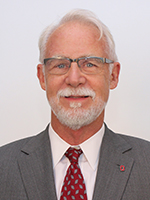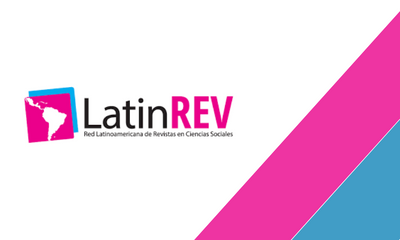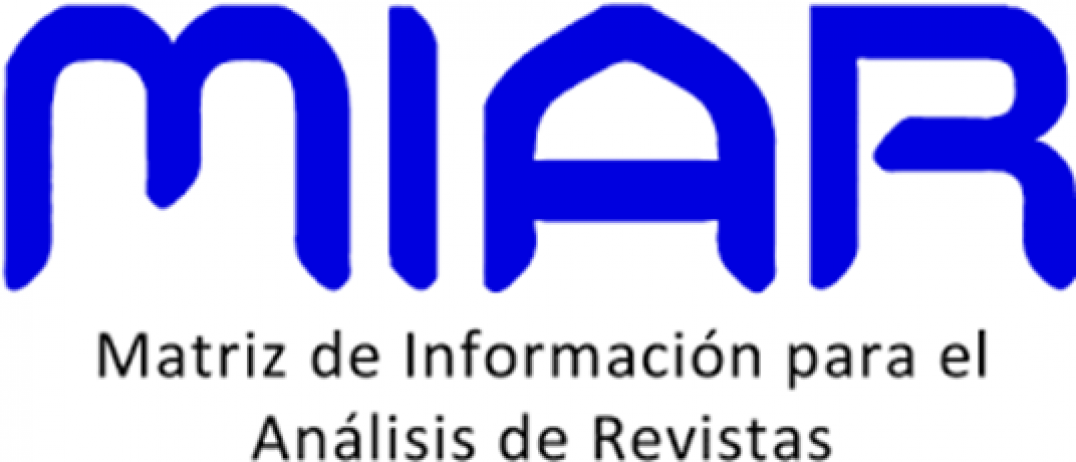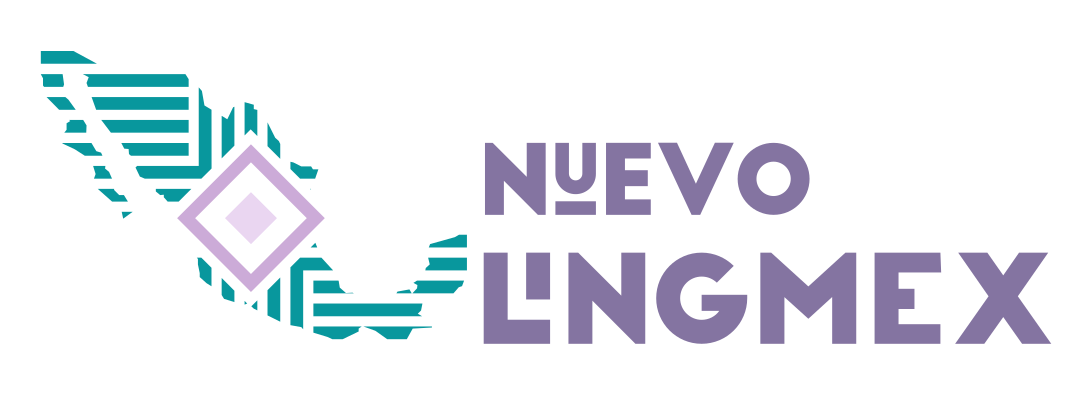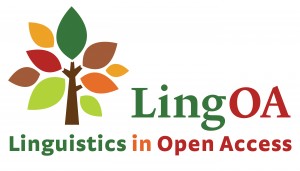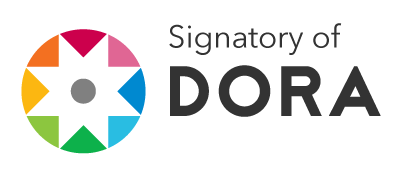Autonomous Language Learning When Language Is a Social Practice: Implications for Teacher Educators
DOI:
https://doi.org/10.32870/vel.vi5.44Keywords:
Autonomous language learning;, learning strategies;, self-regulation;, socio-cultural learning;, language practicesAbstract
This article presents a discussion of autonomous language learning within newer understandings of language and language development. After providing a brief literature review of what good language learners do and the onset of autonomous language learning in the 1980s, the article moves forward to
present-day understandings of language, and the role that autonomous language learning has within socio-cultural views of language. The article ends with implications for teacher educators who must prepare the next generation of language learners.
Downloads
Metrics
References
Burt, M. K. & Kiparsky, C. (1972) The gooficon: A repair manual for English. Rowley, MA: Heinle & Heinle Publishers.
Castillo Zaragoza, E. D. (2011) Identity, motivation, and pluralingualism in SACs. In G. Murray, A. Gao and T. Lamb (Eds.). Identity, motivation and autonomy: Exploring their links. Bristol: Multilingual Matters Ltd. Pp. 91-106
Castillo Zaragoza, E. D. (2014) Social class and autonomy: Four case studies in a Mexican SAC. In G. Murray (Ed.). Social dimensions of autonomy in language learning. New York: Palgrave MacMillan. Pp. 192-210
Chamot, A. U. & O’Malley, J. M. (1987) The cognitive academic language learning approach: A bridge to the mainstream. In tesol quarterly, 21 (2). Pp 227-249
Domínguez-Gaona, M.; López-Bonilla, G. & Englander, K. (2012) Self-access materials: Their features and their selection in students’ literacy practices. In Studies in Self-Access Learning Journal, 3 (4). Pp. 465-481
Dörnyei, Z. (2005) The psychology of the language learner: Individual differences in second language acquisition. Mahwah, NJ: Lawrence Erlbaum.
Ellis, N. & Larsen-Freeman, D. (2009) Construction a second language: Analyses and computional simulations of the emergence of linguistic structures from usage. In N. Ellis & D. Larsen-Freeman (Eds.). Language as a complex adaptive system. Ann Arbor, MI: University of Michigan Press. Pp. 90-125
Gardner, R.C. (1982). Language attitudes and language learning. In E. Boudhard Ryan & H. Giles (Eds.). Attitudes towards language variation. New York: Edward Arnold. Pp. 132-147
Gardner, R. & Lambert, W. (1959) Motivational variables in second language learning. In Canadian Journal of Psychology, 13 (4). Pp. 266-272
Holec, H. (1981) Autonomy and foreign language learning. Oxford: Pergamon.
Hopper, P. (1998). Emergent grammar. In M. Tomasello (Ed.). The new psychology of language. Mahwah, NJ: Lawrence Erlbaum Associates. Pp. 155-175
Hurd, S. & Lewis, T. (2008) Language learning strategies in independent settings. Bristol, UK: Multilingual Matters.
Larsen-Freeman, K. (2011) A complexity theory approach to second language development/acquisition. In D. Atkinson (Ed.). Alternative approaches to second language acquisition. New York: Routledge. Pp. 48-72
Lee, N.; Joaquin, A.; Mates, A. & Shumann, J. (2009) The interactive instinct: The evolution and acquisition of language. London: Oxford University Press.
Murray, G. (ed.). (2014) Social dimensions of autonomy in language learning. New York: Palgrave MacMillan.
Norris, J. & Ortega, L. (2000) Effectiveness of L2 instruction: A research synthesis and quantitative meta-analysis. In Language Learning, 50 (3). Pp. 417-528
O’Malley, J. M. & Chamot, A. U. (1990)Learning strategies in second language acquisition. Cambridge: Cambridge University Press.
Oxford, R. L. (1990) Language learning strategies: What every teacher should know. Boston: Heinle & Heinle.
Oxford, R. L. (2011) Teaching and researching language learning strategies. Harlow, Essex, UK: Pearson Longman.
Pennycook, A. (2010) Language as a local practice. New York: Routledge.
Renalli, J. (2012) Alternative models of self-regulation and implications for L2 strategy research. In Studies in Self-Access Learning Journal, 3 (4). Pp. 357-376
Rose, H. (2012) Language learning strategy research: Where do we go from here? In Studies in Self-Access Learning Journal, 3 (2). Pp. 137-148
Rubin, J. (1975) What the “good language learner” can teach us. In tesol Quarterly, 9 (1). Pp. 41–51
Schumann, J. H. (1976) Second language acquisition: The pidginization hypothesis. In Language learning, 26 (2). Pp. 391-408
Schumann, J. H. (1986) Research on the acculturation model for second language acquisition. In Journal of Multilingual & Multicultural Development, 7 (5). Pp. 379-392.
Seliger, H. (1977) Does practice make perfect? A study of interaction patterns and L2 competence. In Language Learning 27 (2). Pp. 263-78
Stevick, E. W. (1980) Teaching languages: A way and ways. Rowley: Newbury House Publishers.
Tseng, W. T.; Dörnyei, Z. & Schmitt, N. (2006) A new approach to assessing strategic learning: The case of self-regulation in vocabulary acquisition. In Applied Linguistics, 27 (1). Pp. 78-102
Valdés, G.; Capitelli, S. & Alvarez, L. (2010) Latino Children Learning English: Steps in the Journey. New York: Teachers College Press.
Vygotsky, L. (1986) Thought and language. Cambridge, ma: mit Press.
Woodrow, L. (2005) The challenge of measuring language learning strategies. In Foreign Language Annals, 38 (1). Pp. 90–100
